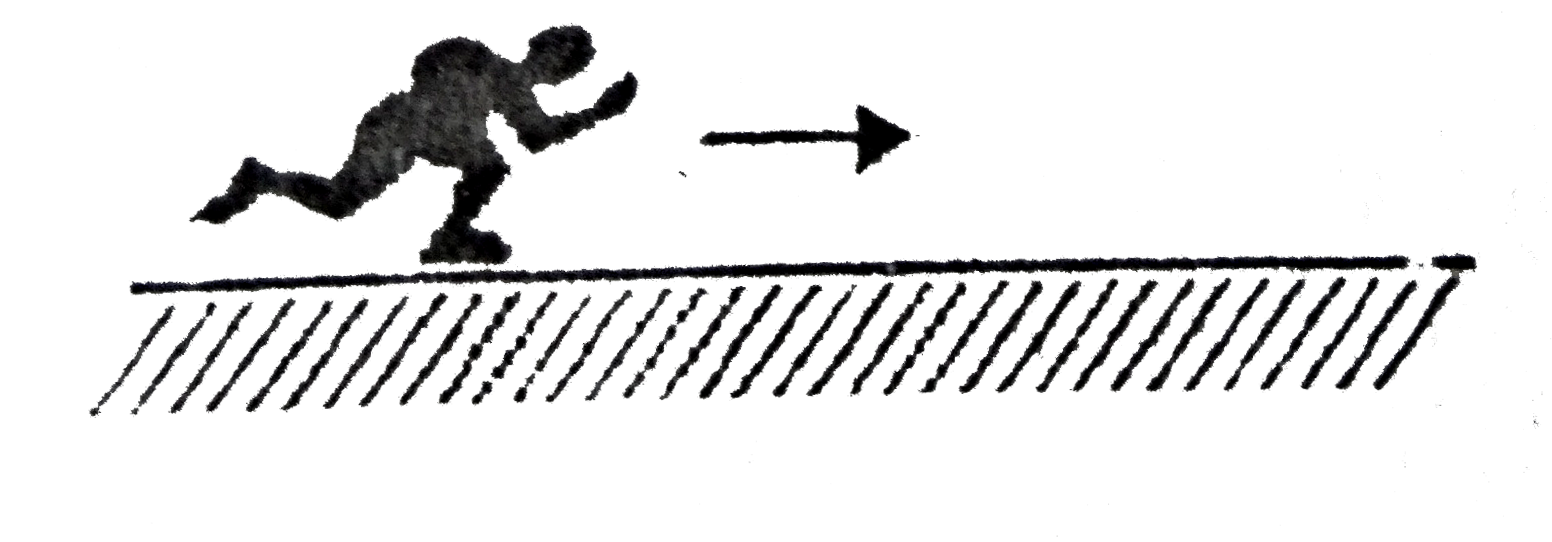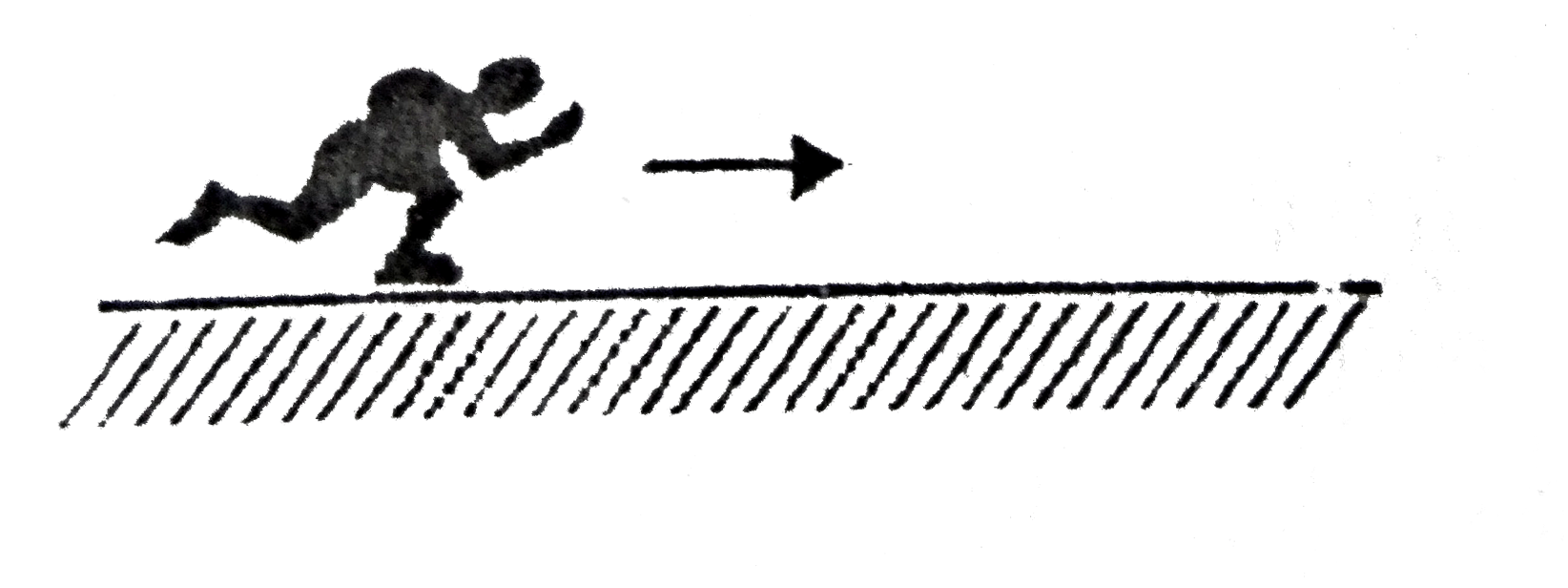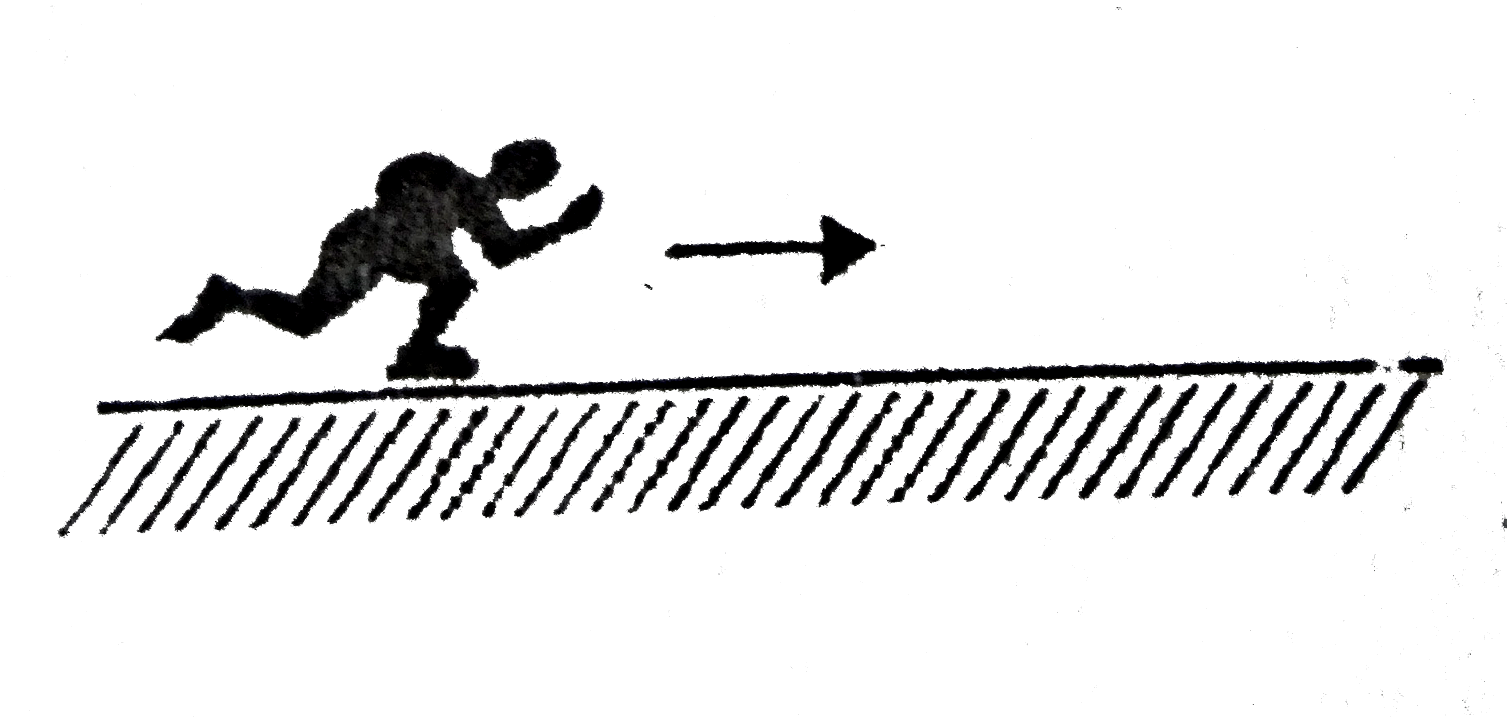If a man has a velocity varying with time given as v=3t2,v is in m/s and t in sec then :

Find out his displacement after 2 seconds of his start :
10 m
6 m
12 m
8 m
The correct Answer is:D
s∫0dS−2∫03t2dt
S=[t3]20=8.
Topper's Solved these Questions
- DAILY PRACTICE PROBLEMBook:RESONANCEChapter:DAILY PRACTICE PROBLEMExercise:DPP No.5
Explore 20 Videos
- DAILY PRACTICE PROBLEMBook:RESONANCEChapter:DAILY PRACTICE PROBLEMExercise:DPP No.6
Explore 9 Videos
- DAILY PRACTICE PROBLEMBook:RESONANCEChapter:DAILY PRACTICE PROBLEMExercise:DPP No.3
Explore 20 Videos
- CURRENT ELECTRICITYBook:RESONANCEChapter:CURRENT ELECTRICITYExercise:High Level Problems (HIP)
Explore 21 Videos
- ELECTRO MAGNETIC WAVESBook:RESONANCEChapter:ELECTRO MAGNETIC WAVESExercise:Exercise 3
Explore 27 Videos
Similar Questions
A particle moving in a straight line has its velocit varying with time according to relation v=t2−6t+8(m/s) where t is in seconds. The CORRECT statement(s) about motion of this particle is/are:-
View SolutionA particle in moving in a straight line such that its velocity is given by v=12t−3t2, where v is in m//s and t is in seconds. If at =0, the particle is at the origin, find the velocity at t=3s.
View Solution
Knowledge Check
If a man has a velocity varying with time given as v=3t2,v is in m/s and t in sec then :

Find out his acceleration after 3 seconds :A9m/s2B18m/s2C12m/s2D6m/s2If a man has a velocity varying with time given as v=3t2,v is in m/s and t in sec then :

Find out the velocity of the man after 3sec.A18m/sB9m/sC27m/sD36m/sIf velocity v varies with time t as v=2t2, then the plot between v and t2 will be given as :
A B
B C
C D
D
The speed(v) of a particle moving along a straight line is given by v=(t2+3t−4 where v is in m/s and t in seconds. Find time t at which the particle will momentarily come to rest.
View SolutionThe velocity-time relation of an object starting from rest is given by v=3t . When "v" is in "m/s" and "t" in seconds. The distance traversed in "3" seconds is:
View SolutionThe velocity v of a body moving along a straight line varies with time t as v=2t2e−t, where v is in m/s and t is in second. The acceleration of body is zero at t =
View SolutionThe velocity of an object moving rectillinearly is given as a functiion of time by v=4t−3t2 where v is in m/s and t is in seconds. The average velociy if particle between t=0 to t=2 seconds is
View SolutionThe velocity 'v' of a particle moving along straight line is given in terms of time t as v=3(t2−t) where t is in seconds and v is in m/s.
The displacement of aprticle from t=0 to t=2 seconds is :
View Solution

